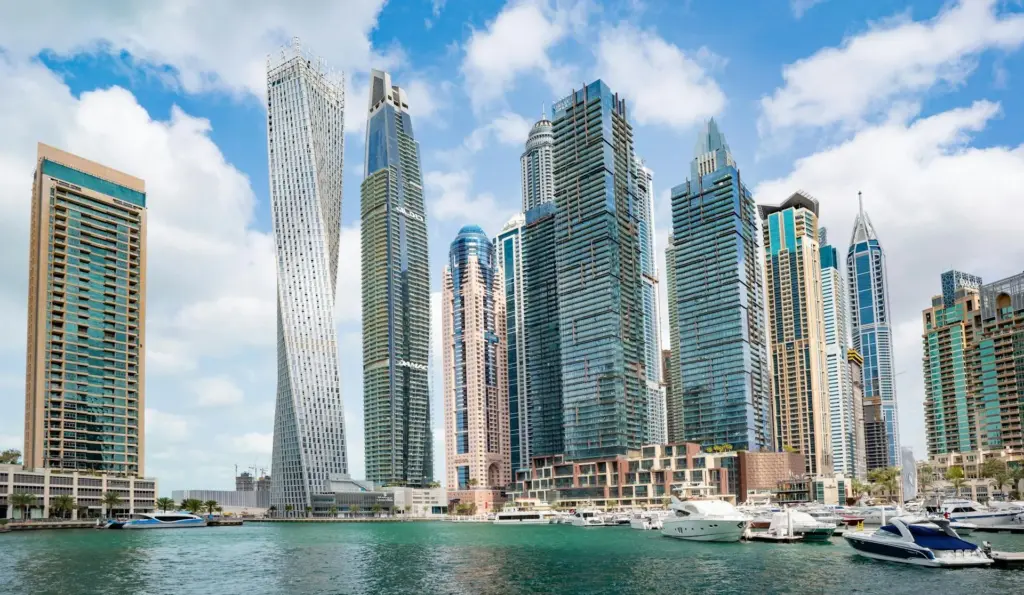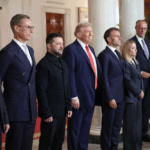Entering the UAE market in 2025 remains a smart, structured move for global capital. The country keeps improving its pro-business rules and digital processes. That creates real UAE investment opportunities across trade, tech, logistics, and finance. Investors can choose flexible routes that fit risk, timing, and sector focus. This guide shows practical steps that you can take today. Regulations apply nationwide, yet each emirate authority operates clear, investor-friendly procedures and service windows that speed every step today. Strong reforms now make foreign direct investment UAE more accessible than ever, offering clarity and security for international players.
Ownership and Legal Structure
Start with ownership and the right legal home. The UAE allows 100% foreign ownership for most onshore activities, based on federal reforms. You should check any restricted activities before you file. That clarity supports foreign direct investment UAE plans on the mainland and in free zones alike. Use it to select a structure that matches your activity and partners.
Licensing Path and Setup

Next, map the licensing path. You can complete many steps online for mainland licences, from name reservation to payment. Free zones also provide portals and clear activity lists. Use official portals such as Invest in Dubai or emirate service centres to streamline paperwork. If you ask how to invest money in UAE, the core answer is simple: pick your jurisdiction, choose the activity, and file the licence. There is no single minimum investment to start business in Dubai; each emirate or free zone sets its own fees and any share capital rules for your activity.
Taxes, Compliance, and Residency

Know the taxes and compliance rules from day one. Corporate tax stands at 9% on taxable income above AED 375,000, with 0% below that line. Qualifying Free Zone persons can enjoy 0% on qualifying income, subject to conditions. Banks open corporate accounts after licensing and conduct KYC under Central Bank AML rules. Long-term residence options, including the Golden Visa for investors who meet set criteria, support founders and key staff.
Examples show how rules differ by zone. Twofour54 sets no paid-up capital. KIZAD sets AED 150,000 for an LLC. At DAFZ, the minimum share capital is AED 1,000 per shareholder. That variation explains why costs and timelines change by activity and location. Build a simple matrix to compare your shortlist before you submit any file. Check the official foreign ownership restrictions list before you choose activities.
Sectors and Investment Opportunities

Now pick sectors and execute. Logistics, advanced manufacturing, green energy, and digital services keep drawing capital because the UAE links major trade lanes. Scan free-zone clusters that match your supply chain needs, then align the licence scope with customer demand. As you evaluate UAE investment opportunities, set realistic budgets for licensing, visas, and office space. If you still wonder how to invest money in UAE, start lean, validate demand, and scale once you secure product-market fit.
Finally, keep compliance tight. Monitor updates to corporate tax rules and any sectoral restrictions that affect ownership or incentives. Use audited accounts, accurate invoicing, and clear transfer pricing to avoid surprises. Open vendor and banking relationships early so collections and payroll run smoothly. When you present a crisp plan, foreign direct investment UAE processes move faster, and you build credibility from day one.
With these steps, international investors can enter and grow in the UAE with confidence. You get speed, clarity, and access to regional demand. The market rewards preparation, transparent governance, and thoughtful scaling. Start now, and build a platform for long-term growth in 2025 and beyond.








